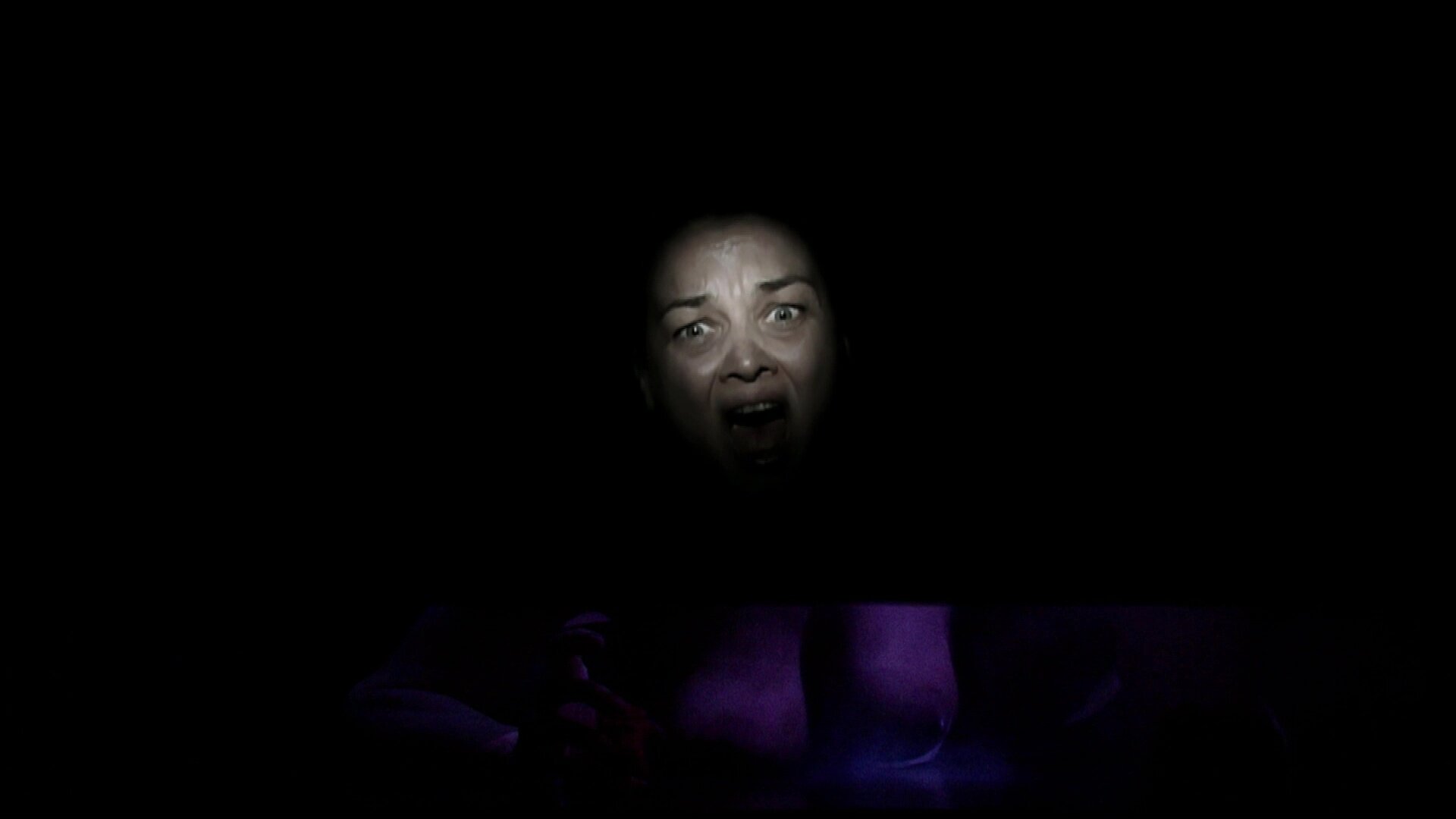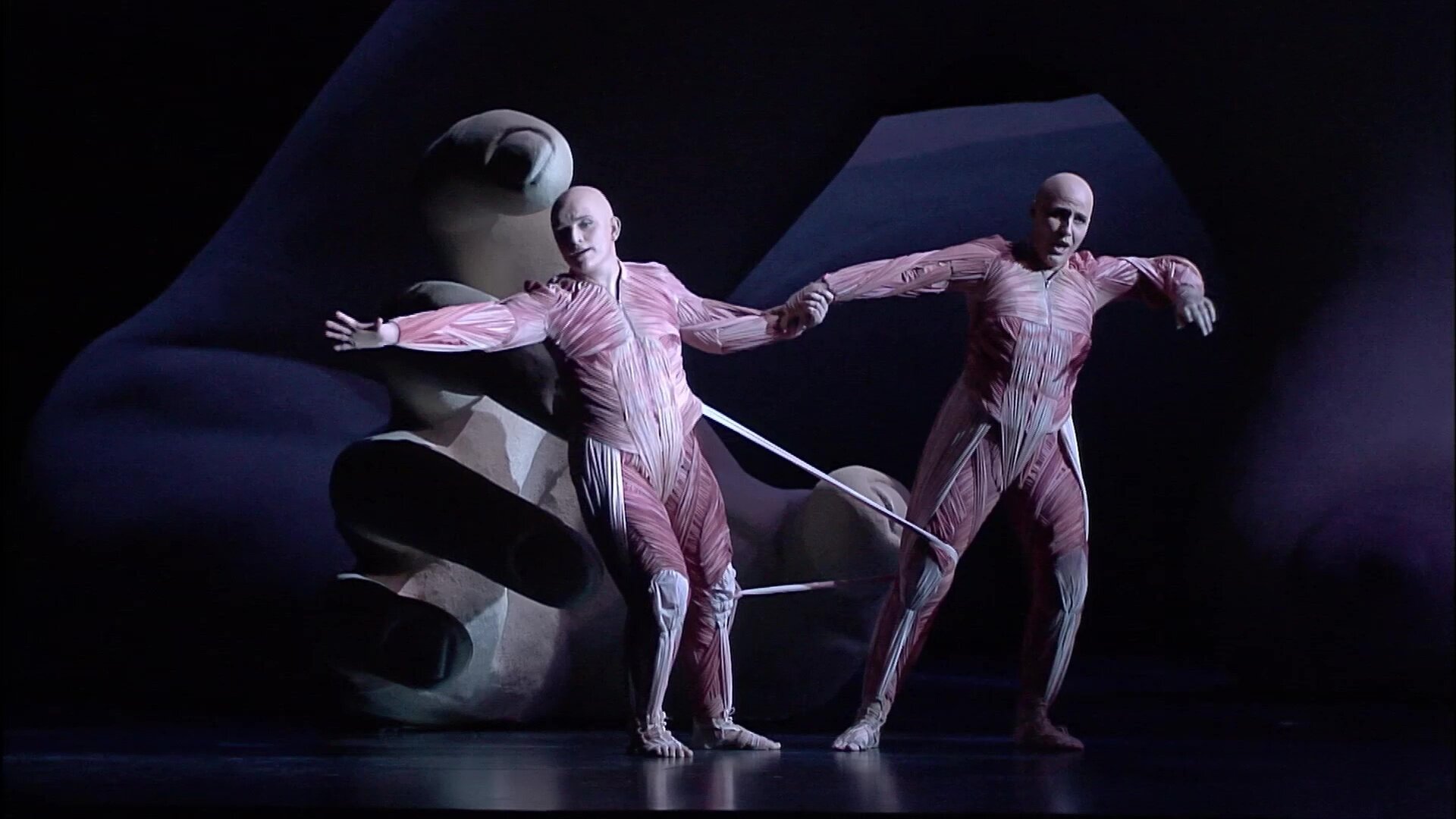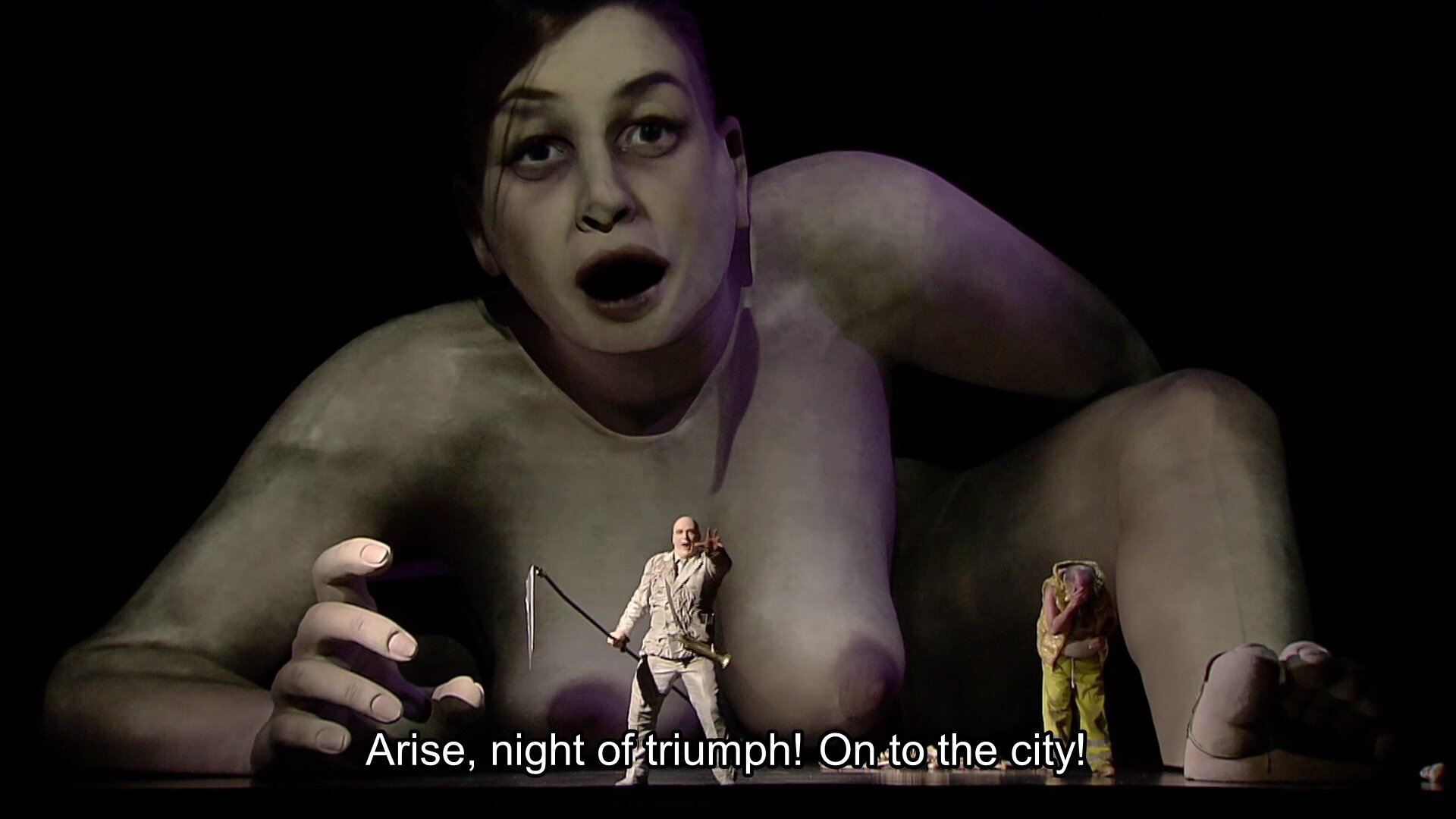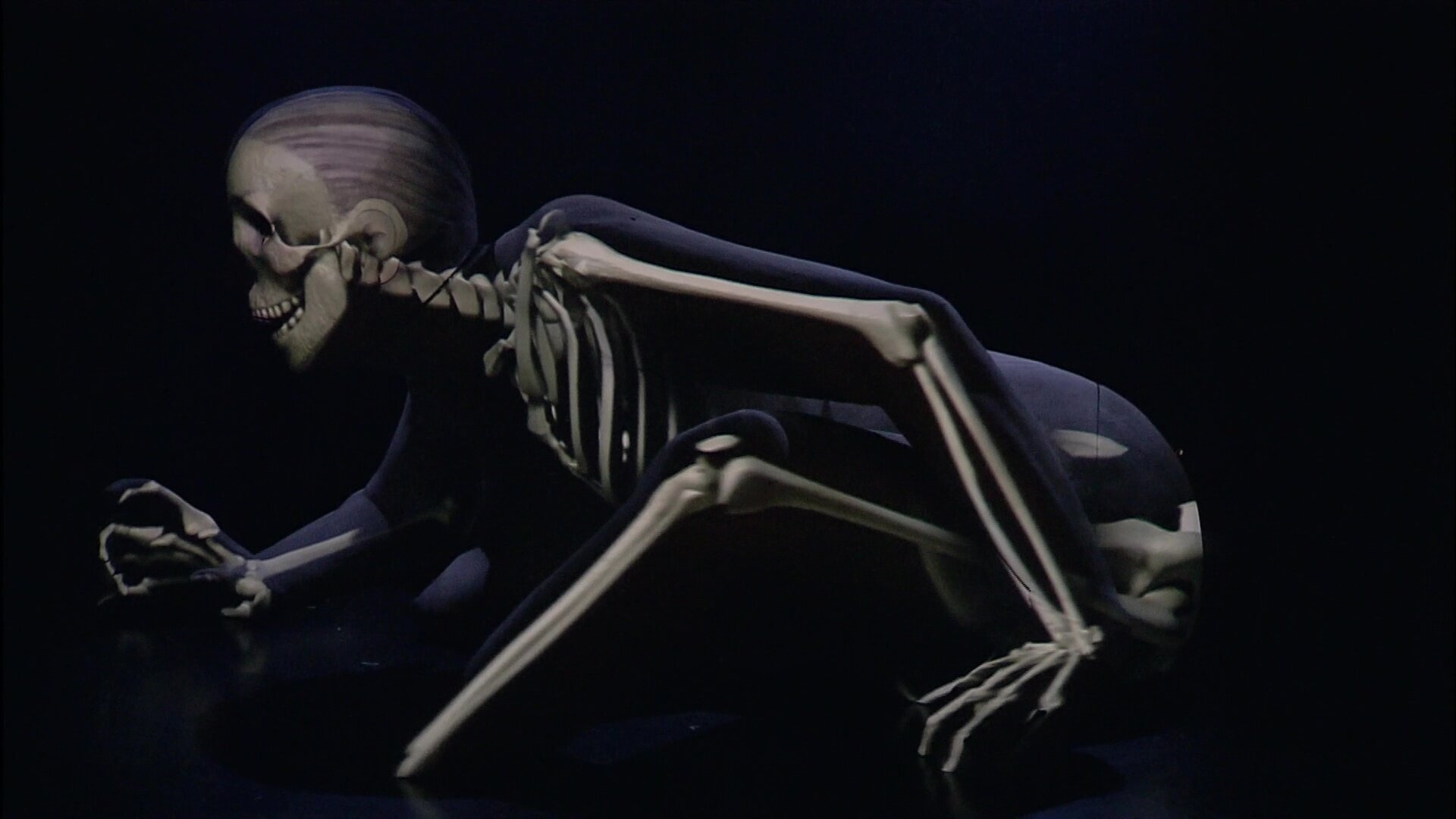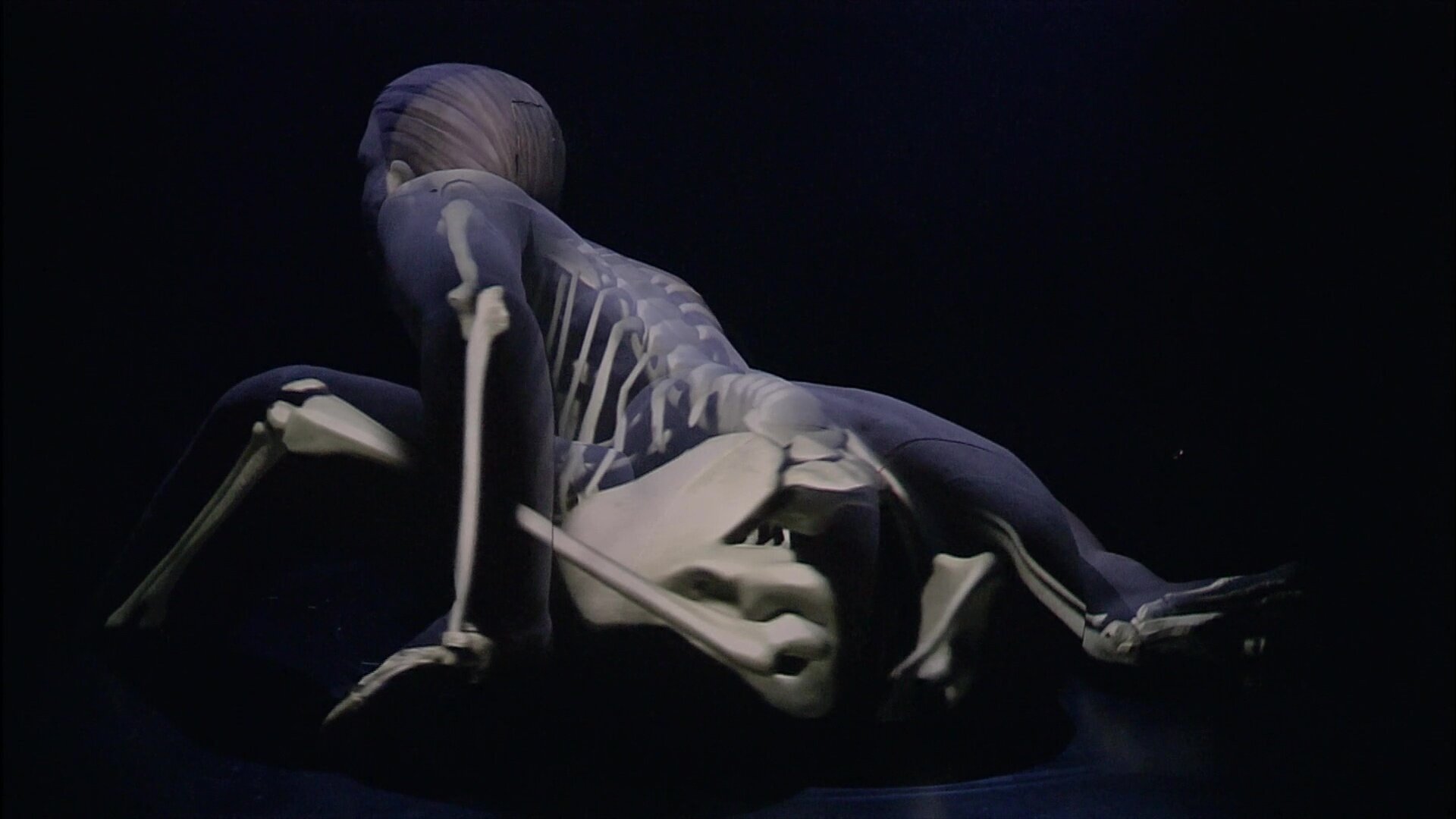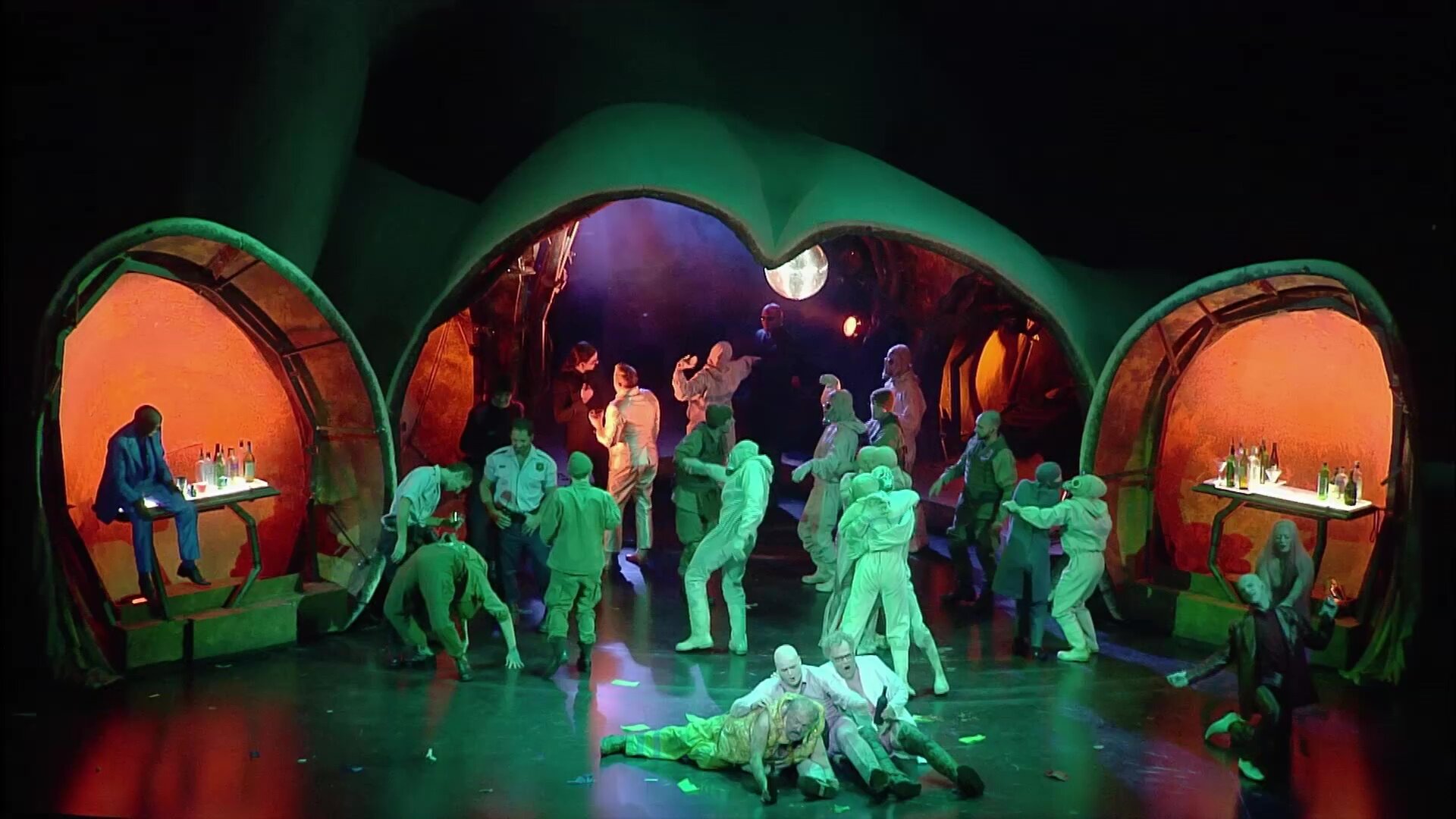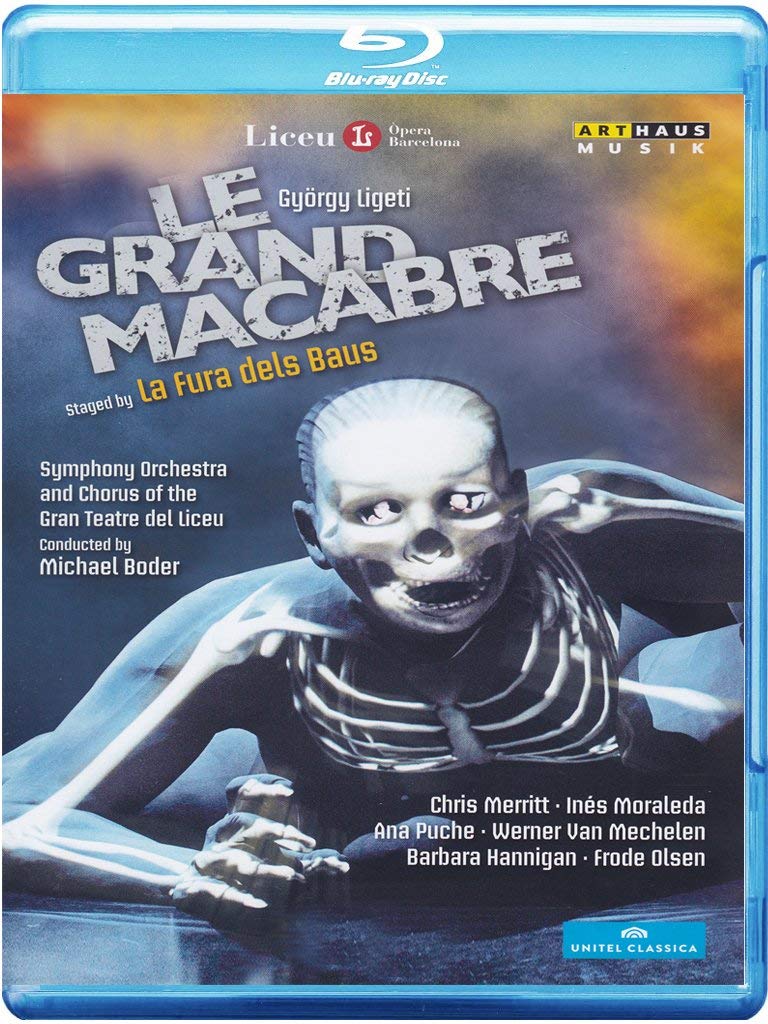
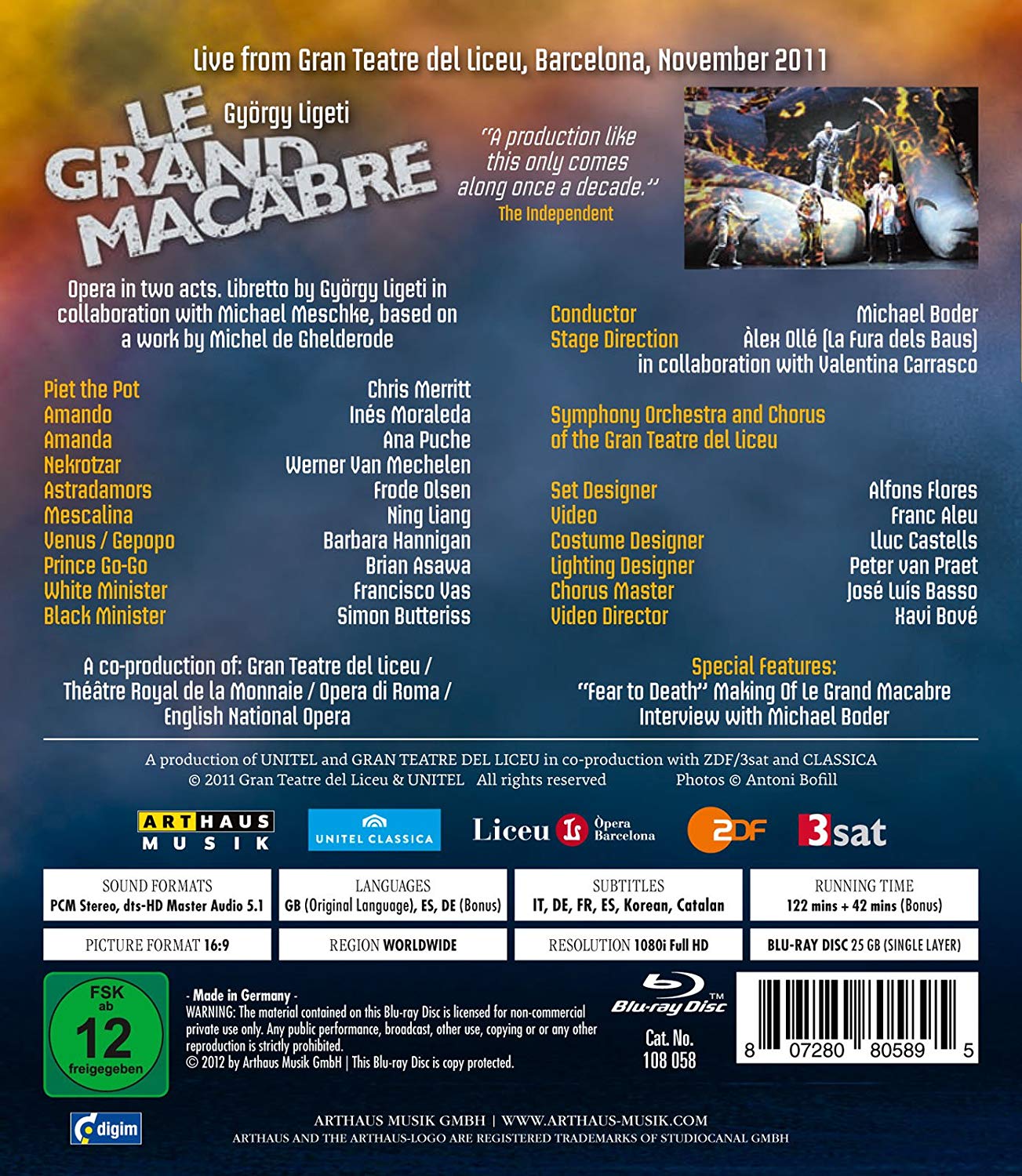
György Ligeti Le Grand Macabre opera to a libretto by the composer based on a play by Michel de Ghelderode. Directed 2011 by Àlex Ollé and Valentina Carrasco with staging by La Fura dels Baus at the Gran Teatre Del Liceu. Stars Chris Merritt (Piet the Pot), Inés Moraleda (Amando), Ana Puche (Amanda), Werner Van Mechelen (Nekrotzar), Frode Olsen (Astradamors), Ning Liang (Mescalina), Barbara Hannigan (Venus/Gepopo), Brian Asawa (Prince Gogo), Francisco Vas (White Minister), Simon Butteriss (Black Minister), Gabriel Diap (Ruffiak), Miquel Rosales (Schabiack), and Ramon Grau (Schabernack). Michael Boder conducts the orchestra and chorus of the Gran Teatre Del Liceu (Chorus Master José Luís Basso). Set design by Alfons Flores; video by Franc Aleu; costume design by Lluc Castells; lighting design by Peter van Praet. Directed for TV by Xavi Bové; produced by Magdalena Herbst. Sung in English. Released 2012, disc has 5.1 dts-HD Master Audio sound. Grade: A+ with ‽ designation
Le Grand Macabre premiered in 1978, but Ligeti rewrote the opera in 1996. A Hungarian, Ligeti thought that operas should be enjoyed in the native language of the audience. The 1996 version was written in a way that allowed the libretto to be translated into various languages without changing the music. The production in Barcelona was in English (rather than Spanish) in a successful effort to help the work travel better. Le Grand Macabre is a savage comedy and satire on our human preoccupation with the fear of death and our pitifully unsuccessful attempts to solve our problems in life with political movements and experiments in governance. There is a lot of fancy vulgarity in the text, but it doesn’t wallow in four-letter words.
Michel de Ghelderode set his play in Brueghelland, an imaginary domain inspired by the fantastic religious and allegorical paintings of the Pieter Brueghel clan, Hieronymous Bosch, and followers produced between 1450 and 1550 in the low country area then known as Brabant. Our first image below is the famous Bosch triptych The Garden of Earthy Delights (located now in the Prado Museum in Madrid) with views, so to speak, of Brueghelland. The panel on the right is, of course, a vision of Judgement Day in Brueghelland. I also give you a detailed view below of part of the Judgement Day panel for a reason that will soon be apparent:
Stage directors Àlex Ollé and Valentina Carrasco started brainstorming. Inspired by Brueghelland paintings and the giant sculptures of Ron Mueck, they began to think of a large-scale prop to set the mood on the opera stage. Well, the woman below from Mueck would certainly dominate a room at a museum, but not an opera stage.
The prop needed for the opera stage would have to be as big as a house. It had to provide ways for the actors to enter and leave the stage, and it needed its own personality. Eventually Ollé and Carrasco hit on the idea of using an opera-singing friend, Claudia Schneider, as their model. There are a lot of professional women in the world named Claudia Schneider. My Internet research suggests that our Claudia Schneider has a real job as architect when not singing a gig, and she is also a prominent wind surfer! So Claudia was not afraid to become immortal.
Our opera begins then with giant film images of Claudia gorging on junk food in a squalid apartment. Suddenly she reacts violently to something she ate and foresees that she might soon die. Claudia appears 3 times on screen in the show as she (successfully) survives her food poisoning. The entire opera takes place in her imagination while, in agony, she contemplates meeting her maker.
The first 5 screenshots below depict Claudia’s initial transition from food poisoning victim to humongous stage prop. (We will not see the real Claudia again in this review.)
Now we think Claudia is the largest prop (in volume anyway) ever created to go on an indoor opera stage:
Below on your right, meet Piet the Pot (Chriss Merritt), who is a version of Everyman. Piet stays more or less drunk through the whole show. Because one of the overarching themes of this work is the weakness of the flesh, every major character represents a different tissue system of the human body and is assigned an appropriate color. Piet represents subcutaneous fat, and his color is a sick-looking yellow. Out of Claudia’s mouth pops a frightening character, whose gray costume is made of brain tissue. He is Nekrotzar, the Tsar of the Dead (Werner Van Mechelen). He has come to bring the End of the World when signaled by a comet that should be seen at midnight:
Nekrotzar is also known as Le Grand Macabre:
We next meet the lovers Amando and Amanda, whose costumes are made of muscle and connective tissues. In original libretto they were named Spermando and Clitoria, and they have nothing but sex on their minds:
Nekrotzar and Pete strike up a friendship of sorts, and soon they are on their merry way to supervise the end of the world. At this moment, Claudia’s real face is projected on Claudia the prop:
The La Fura dels Baus production house is most famous for large-scale, cutting-edge video imagery. Having created the largest prop ever, they also have a chance to create an hallucinatory video display. As seen below, Claude can rotate 360° on the stage, which she does here with her skeleton revealed by the biggest x-ray machine ever built—a truly astonishing work of stagecraft:
In the image above, meet in the center Astradamor (Frode Olson), an astronomer whom Nektrozar needs to consult about the appearance of the comet signifying the end of the world. Astradamor represents the digestive system. He is wearing female underclothing. His top is inspired by the small intestines and his truly ugly stockings look like the colon. Poor Astradamor is being abused by his ferocious wife (more about her below). Claudia’s leg has opened and some of Nekrotzar’s acolytes in white jumpsuits and gas masks also cringe in the background from the assault they see. The acolytes represent the human skeleton.
Below is a better portrait of Mescalina (Ning Liang), Astradamor’s wife. She represents the reproductive and hormonal systems. Frustrated by her husband’s lack of “omph” and attention for her, she has become completely decadent:
Mescalina appeals to Venus (Barbara Hannigan). Venus represents the skin and hair. Her color is pink and her costume is a leotard with thousands of strands of hair individually sewn in. Even Venus, who gave Mescalina two husbands, is a bit exasperated:
Mescalina doesn’t want another man, just a better hung one:
Now Claudia’s hind-quarters are opened to reveal her guts. Prince Go-Go (Brian Asawa) is the head of state, but he is just a figurehead controlled by the White Minister (Francisco Vas) on the left and the Black Minister (Simon Butteriss) on the right. The ministers represent the circulatory system with it’s red arteries and blue veins:
Barbara Hannigan has changed costumes to be Gepopo, the head of state security. She represents the lymphatic system, which is usually associated with green in medical illustrations. As the End of Time approaches, Gepopo goes berserk. Her 3 arias as Venus/Gepopo were combined by Ligeti into a concert suite that later made Hannigan famous. A performance of this is attached to this review:
Nekrotzar arrives surrounded by his acolytes in the gas masks:
Poor Claudia the opera singer is still writhing on the floor in her shabby apartment fearing that she’s not going to make it. Nekrotzar seems pretty serious about all this:
But when a party breaks out in Claudia’s guts, Nekrotzar gets distracted:
Nekrotzar is revealed as a fraud. The end of the world is rescheduled for a later time. The audience is told to relax:
But what has happened the real Claudia on the bathroom floor? I don’t want to spoil everything. To learn about that, my friends, you must use one of the convenient buttons below to buy the disc and learn yourself about the surprise ending.
How to grade this unique work? In the January, 2013 Opera News (page 59) this Grand Macabre was praised as a "2012 Favorite" title. The bizarre orchestral and choral music fascinates, the singers are spectacular as actors and vocal acrobats, and the staging is a once-in-a-life-time experience. This is not for kids (or grandparents). But if you are interested in modern opera, you have to have to get this one, uh, under your belt. A+
Here is a performance of the combined Venus/Gepopo arias as sung by Barbara Hannigan in concert:
OR





